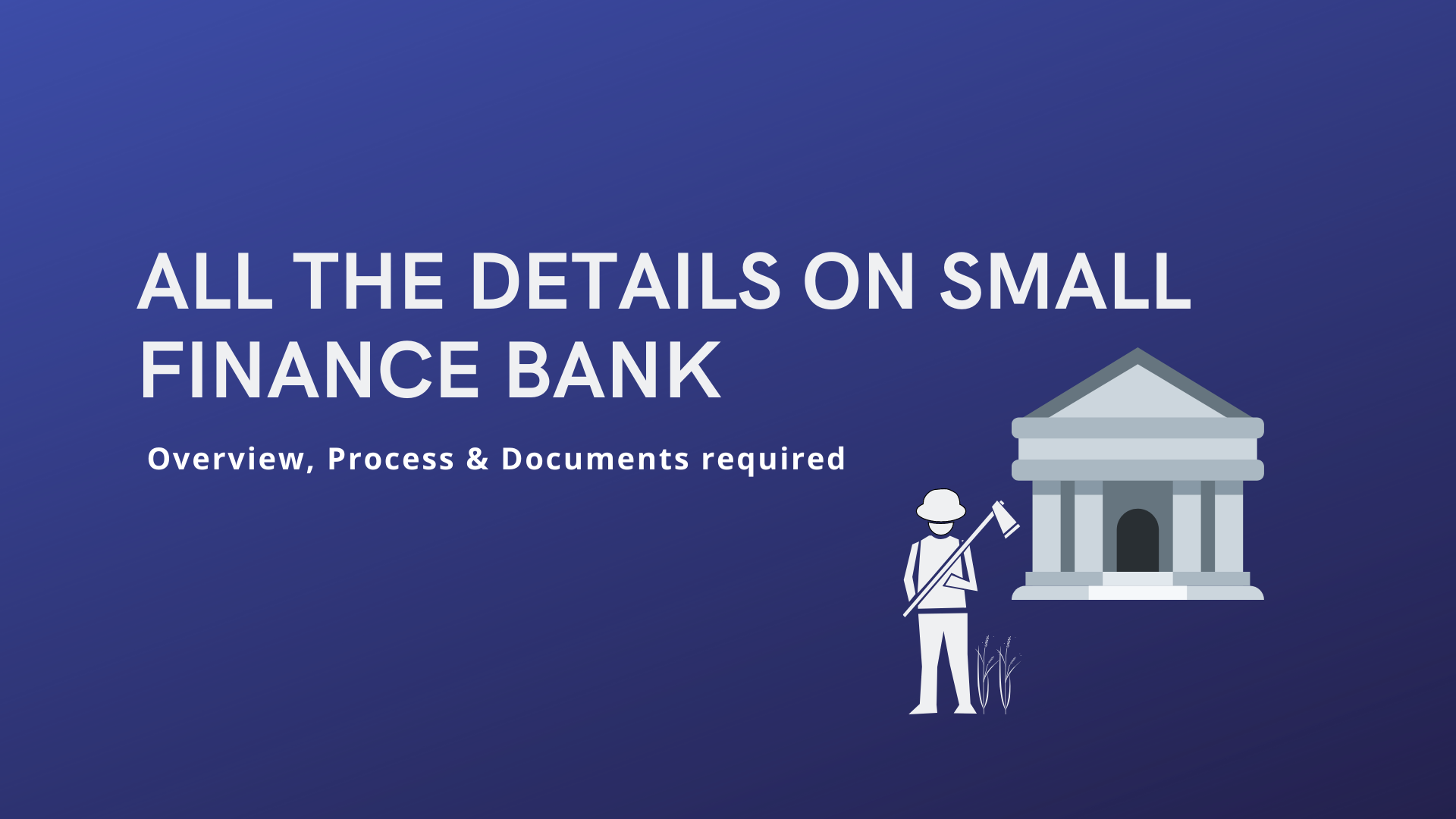

10 quick tips for guest posting
Leverage guest posting to reach out to a new relevant audience, become a subject expert, send qualified leads to your website and improve your search rankings.

The benefits guest posting offers are:
• Exposes you to a new yet relevant audience who wouldn’t otherwise be able to discover you
• Sends qualified leads and traffic to your site
• Brands you as a subject expert
• Improves your search rankings
• Increases your reach
.jpg?fm=png&auto=format&w=800)
However, most of my clients complain about their inability to get their guest posts published on high authority websites. Are you considering to include guest posting in your content marketing plan? If yes, consider these 10 tips every time you approach a blog for guest posting.
#1. Don’t write a promotional article
Don’t blow your chance to guest posting by writing a promotional article. Talking about your business or product makes you a guy with a bullhorn yelling at people to stop and read his content.
Mostly, the editor don’t want their readers to waste their time reading an ad or a promotional post. They wouldn’t entertain you for trying to use their platform for this purpose.
Sure everyone reading your posts understand that you have to promote your brand or service to sell. This is essentially the idea of content marketing - to generate leads and convert them into paying customers. But too much selling makes you sound like a salesman.
Use guest posting as an opportunity to educate your audience and solve their pain points. This helps build your credibility and trust.
Writing promotional posts would not generate traction in the form of likes, shares, views or backlinks. Engaging the audience is the backbone of guest posting.
#2. Use inbound links in your guest posts
In the domain of content marketing, editors understand the trade-offs of getting free content for their blog in exchange of one or a few inbound links back to the guest author’s website of choice.
However, don’t go overboard by stuffing the article with inbound links. The best way to go around is to check the guest blogging guidelines to see the number of inbound links the blog allows. If you are allowed to link within your article, use this opportunity to provide extra resources related to your topic. Along with linking to other outside sources, include 1-2 links to your content or the web pages you want to drive the readers to.
#3. Add an enticing offer
If your primary goal with guest blogging is brand recognition and awareness, you don’t necessarily have to include an offer in your author bio. In my own author bio, I share a brief introduction about myself and my company with a link back to the homepage. I seldom share anything except this.
However, if your aim is to generate leads through the guest post, I recommend you include a free offer in either your bio or at the end of the article. This could be in the form of e-book, how-to-guides or other downloadable form of content. Ideally, it should be related to the topic of your guest article (e.g.: offering a free ebook on 15 easy blogging mistakes and easy fixes when posting about guest posting mistakes).
#4. Link back to your website in the author bio
While educating your audience is the primary purpose of guest posting, SEO shouldn’t be ignored. Include a link back to your website. How will your readers be able to find you or read more of your content without the link?
Every blog’s guidelines are different. Some sites allow adding links within the body of your post. May sites will allow you to add a link in the author bio. This link will play a key role in generating referral traffic and leads.
#5. Do not contribute low quality posts
Just because you’re writing an article to be published on another blog, doesn’t mean that the quality should take a backseat. Infact, the articles being written for external blogs should be of the highest quality.
Because, you have to impress the editor to publish it and capture the audience’s attention so that they’ll want to check out your website/blog. Take out time and efforts to write the guest post. Just because the editor has agreed to review the article doesn’t mean they’ll always publish the end result. Make the quality of your contribution equivalent to the content published on that blog.
#6. Pitch effectively
Before you even start writing, you should first pitch to the blog owner. Pitching to the editor of a blog you’ve never interacted with is the trickiest part.
Some of the best tips I use to for getting my pitches read and accepted are:
• Researching to know the community manager or the editor of the section I’m interested in writing and addressing the mail to her. Using “blog manager” guarantees that the pitch goes into the bin straight away.
• Since the blog managers of popular blogs are very busy, naturally they’ll focus more on perfectly the content produced internally than evaluate blog posts received by random strangers. A quick research (on LinkedIn/social media) shows if anyone from my network is connected to the blog manager. If so, I ask them to introduce me. Reaching out for help never hurts.
• Researching on the type of guest posts the site normally publishes.
• My pitches are very short and grammatically correct (since it serves as a sample of my writing). This includes 1-2 line description of the article with the title and 2-3 links to my published articles. The editor can get the feel of my writing and the type of topics I write on from those links.
#7. Sell your writing ability and industry expertise
While pitching to an editor, you’ll have to vouch for your writing style and industry expertise.
How are you better than the hundreds of others wanting to be guest columnists? Sell yourself! Explain to the editor why they should consider your pitch. Do you write for a popular blog? Do you have a massive social reach? Have any of your articles gone viral? Include these stats and links along with the written samples. Some editors will be too busy to check out these links. But for those who do, this will give them a reason to evaluate your pitch more seriously.
#8. Write for sites that’ll send back targeted traffic
The credibility gained by writing for a popular high authority and high traffic website is undeniable. Many brands believe that writing for a blog with tons of visitors is better than smaller websites with less number of visitors.
While guest posting, consider the quality and relevance of that blog’s traffic. I’ve blogged on websites with millions of visitors and received negligible traffic. Also, I’ve blogged on smaller websites with a few thousands of monthly visitors and generated more leads. This audience is more interested in one-on-one interactions.
I’ve often received a better response from smaller niche site with a loyal followers than a larger website covering topics unrelated to my industry.
#9. Don’t use it solely to get inbound links
Google has specified that guest blogging to gain inbound links doesn’t work anymore. Guest posting has gained a reputation of being a spammy practice primarily due to this reason.
Filling your guest post with spammy links is not a wise decision. When you approach guest posting with a mindset to get backlinks, the content ends up becoming low-quality. It isn’t good for anyone – not for you, the blog or the readers.
Instead, use guest posting as a way to create interesting and helpful content for your readers and awareness about your brand. When your content solves the problems faced by your target audience, it automatically generates traffic and leads. The best way to go about this is by asking yourself “will I contribute this guest post even if I don’t get a backlink to my website?”
#10. Write keeping the audience in mind
Ideally, the target audience for your guest post should be similar to the target audience of your own blog. Sometimes, it might be different in terms of demographics, interests or niche.
Maintain your writing style and voice. At the same time, be aware of who the audience is, what are their needs, where do they come from, their interests and their level of knowledge about your subject.
If you are not clear about any of these points, reach out to the blog owner and gather details about their audience. These questions when answered and combined with your research will allow you to create guest posts that speak to the audience and tell them what they exactly want to know.
About me - I'm Priyanka Desai, the founder of iScribblers, a content marketing partner for tech startups. I'm available on [email protected].



